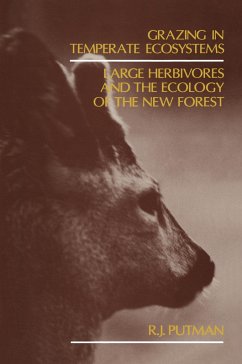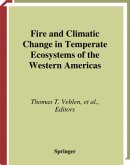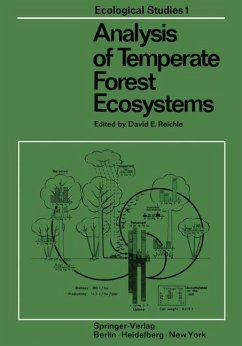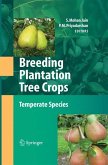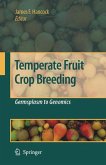The New Forest in southern England is an area of mixed vegetation set aside as a Royal Hunting Forest in the eleventh century and since that time subjected to heavy grazing pressure from large herbivores. The entire structure of the Forest and its various communities has been developed under this continued history ofheavy grazing, with the estab lishment of a series of vegetational systems unique within the whole of Europe. The effects of large herbivores in the structuring of this eco system in the past, and the pressure of grazing continuing to this day, have in turn a profound influence, indeed the dominating influence, on the whole ecological functioning of the Forest system. Because of its assemblage of unique vegetation types, the area is clearly of tremendous ecological interest in its own right. In addition, its long history of heavy grazing ani the continued intense herbivore pressure make the New Forest an ideal study-site for evaluation of both short-term and long termeffects of grazing upon temperate ecosystems. The N ew Forest (some 37,500 ha in total area) currently supports a population of approximately 2,500 wild deer (red, roe, sika and fallow); in addition 3,500 ponies and 2,000 domestic cattle are pastured on the Forest under Common Rights.
